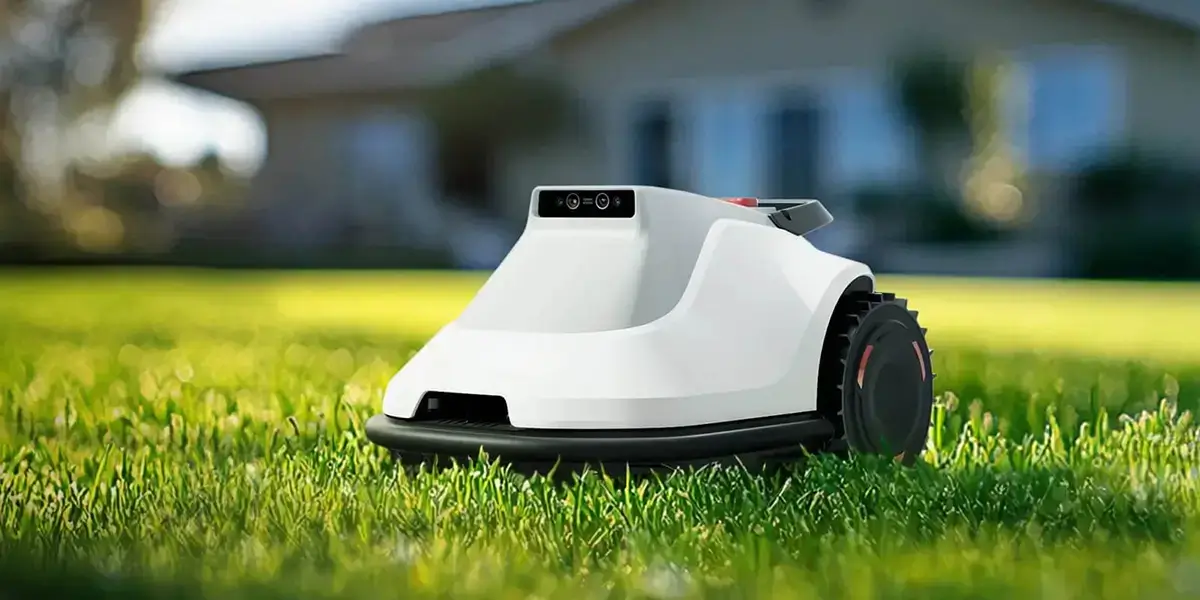Imagine a world where machines move with precision, almost like they have a mind of their own. That’s where servo motors shine — they’re the backbone of automated systems, robotics, everything that needs subtle, accurate movement. When you’re trying to get something to stop exactly where you want it, or rotate smoothly without jerks, a good servo motor can make all the difference.

What makes a servo motor stand out? It's all about control. These little powerhouses pack enough torque to handle complex tasks but stay nimble enough to respond instantly. It’s fascinating—no matter how heavy that robotic arm is or how delicate the positioning needs to be, a properly tuned servo motor keeps everything running seamlessly. The secret? Closed-loop feedback. It constantly adjusts itself based on real-time data, making sure the motion matches the target perfectly.
Take a step back and think about the industries relying on servo motors. Automation in manufacturing plants? Absolutely. Precision in medical devices? You bet. Even in the entertainment world, like animatronics or camera stabilization, servo motors keep everything smooth and lifelike. They’re everywhere, quietly delivering performance that, if they weren’t so reliable, would make any process clunky and inefficient.
Now, if you’ve ever wondered about the nitty-gritty—how do these motors actually work? Well, they use a combination of electric current, magnetic fields, and feedback control to generate rotating motion. Unlike simple motors, which turn continuously, servo motors are smart—they respond to command signals, adjusting their output instantly based on sensor readings. That’s why you see such accuracy in robotics, where a fraction of a millimeter can make a huge difference.
Think about a scenario where a robotic arm picks up fragile glassware. Without servo motors? Good luck. With them? Fluid, controlled motion that ensures safety and efficiency. It’s not just about power, but about finesse. You want the motor to respond to sudden changes without overreacting or lagging behind—that’s the magic of a high-quality servo system.
But here’s a question—how do you pick the right servo motor? It's not about size or power alone. Compatibility with your system, the control interface, feedback mechanisms—these matter. Finding a motor that balances speed, torque, and precision is like choosing a partner in a dance. The right choice can turn a clunky setup into a synchronized performance.
What’s really impressive is how adaptable these motors are. They can be integrated into CNC machines, drone stabilization systems, automated medicine delivery, or even large-scale manufacturing robots. Each use requires specific adjustments, but the core principle remains consistent: control, precision, reliability.
In the end, choosing the right servo motor means investing in something that blends raw power with refined control. It’s about making sure every movement counts—whether you’re assembling tiny electronic components or guiding a huge robotic arm. Once you see how smoothly everything runs, it’s hard not to appreciate the subtle engineering marvels behind the scenes.
Established in 2005, Kpower has been dedicated to a professional compact motion unit manufacturer, headquartered in Dongguan, Guangdong Province, China. Leveraging innovations in modular drive technology, Kpower integrates high-performance motors, precision reducers, and multi-protocol control systems to provide efficient and customized smart drive system solutions. Kpower has delivered professional drive system solutions to over 500 enterprise clients globally with products covering various fields such as Smart Home Systems, Automatic Electronics, Robotics, Precision Agriculture, Drones, and Industrial Automation.




































